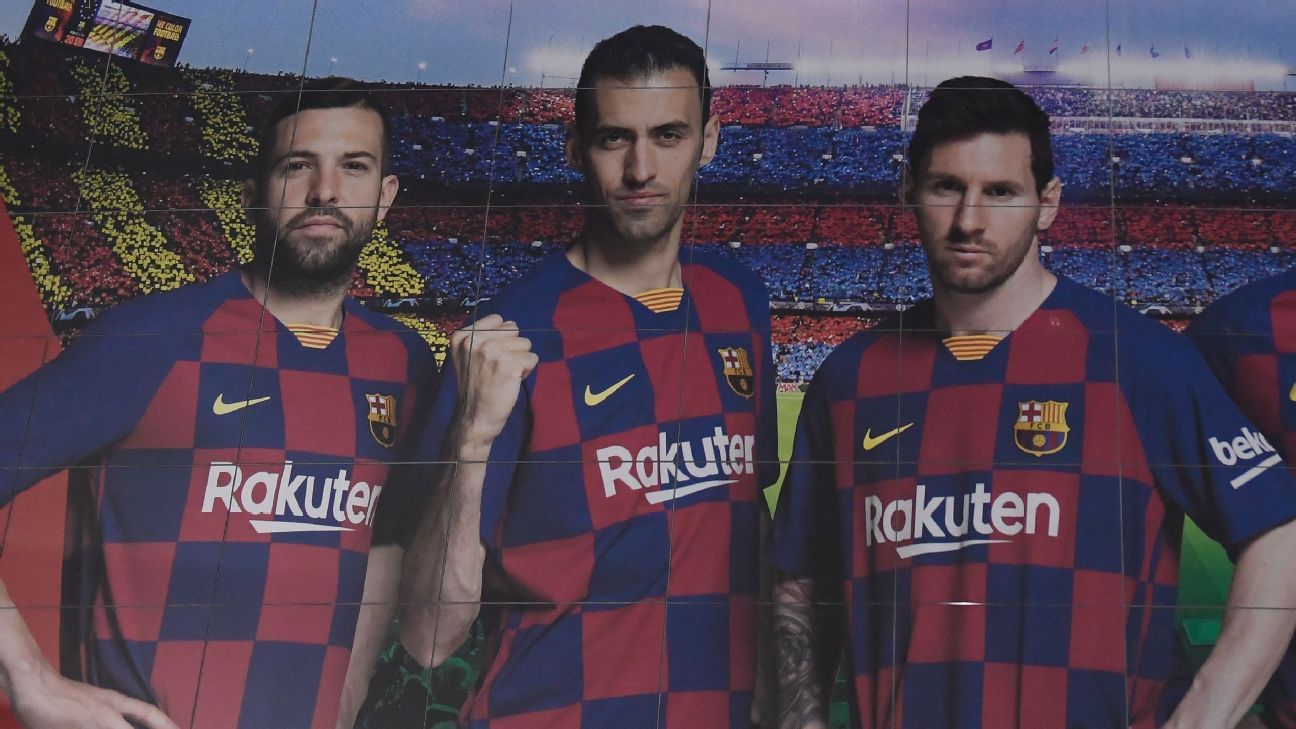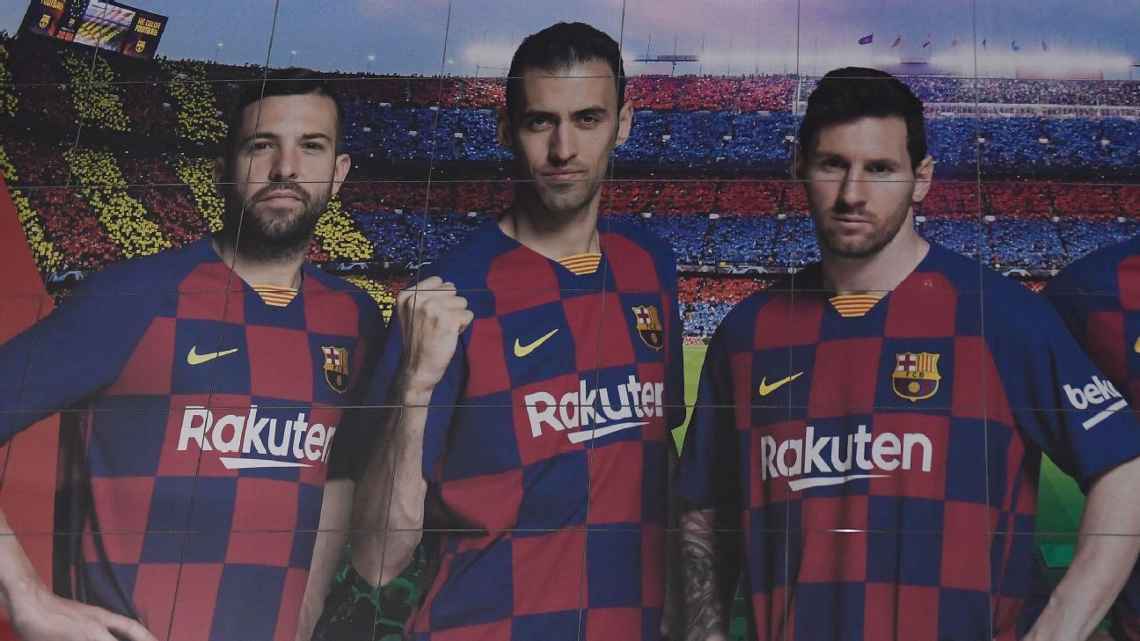Miami employed salary cap gymnastics to sign Lionel Messi & Co. If MLS wants to be a destination league, it must cater to its most ambitious clubs.

www.espn.com
Messi should be turning point for draconian MLS roster rules
Former Barcelona stalwarts Jordi Alba and Sergio Busquets are expected to join Lionel Messi at Inter Miami this summer.
Lionel Messi has come to MLS to play for Inter Miami CF. It is a seminal moment for the league in that arguably the greatest player in the history of the game has arrived on these shores less than a year after winning the World Cup, where he was named the tournament's best player.
Getting Messi to Miami is a big enough financial hurdle. Managing owner Jorge Mas confirmed that the Argentina captain and newly signed designated player will make between $50 million and $60 million a year -- more than the 2023 team salaries of Real Salt Lake, Orlando City SC, New York Red Bulls, St. Louis City SC and CF Montreal
combined -- in a deal that runs through the 2025 season, with sources telling ESPN there is an option for the 2026 campaign.
The MLS rulebook stipulates that clubs can carry three designated players, whose salaries will count for only $612,500 against the cap, regardless of what they actually earn. So Messi's wages of $50 million to $60 million? For cap purposes, it's barely 1% of that.
From a roster rules perspective, signing Messi was relatively easy. The hard part is fitting fellow longtime friends and former
Barcelona teammates Sergio Busquets and Jordi Alba on the roster.
Why not sign them to similarly lucrative DP deals as well? Because the South Florida club already had three designated players on its books: striker
Leonardo Campana, midfielder Gregore and attacker Rodolfo Pizarro. Miami tried exceeding the DP threshold once before, in 2020, when it emerged that it essentially fielded five of them. It received the stiffest fine in MLS history for its efforts.
The club has had to do some salary cap gymnastics to make all this work.
Pizarro, with precious little time to negotiate a transfer out of the club, agreed to terminate the remainder of his contract on Friday night. That freed up the DP slot that Messi now occupies.
Gregore, with a salary of $826,000 according to the MLS Players Association, will have his contract bought down using General Allocation Money (GAM), one of the league's roster-building mechanisms. That will clear a path for Busquets to sign a DP deal of his own.
For Alba, it's both simpler and more complicated.
He is expected to join using Targeted Allocation Money (TAM), which caps his salary at $1,612,500 per year. Every team in the league has $2,720,000 in TAM available to it in 2023 -- essentially supplementing the salary cap -- but as part of the sanctions levied against Inter for their past salary cap discretions, they have had $2,271,250 deducted from their allocation allotment spread across the 2022 and 2023 seasons, making it a scarce resource on South Beach.
Simple, right?
Now, just imagine if Luis Suarez or any other of Messi's friends wanted to join him in Miami. The club would no doubt love to make that happen, but MLS salary rules would make it nigh on impossible.
For the 2023 season, the MLS salary budget is $5,210,000 per team, which excludes DPs and allocation money. Such conservative limits have helped make MLS a financially secure league, but the arrival of Messi (with Busquets and Alba surely not far behind) could serve as an inflection point as to how MLS approaches roster building and spending.
.
.
.
continued





